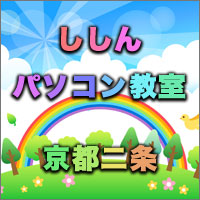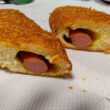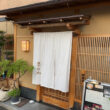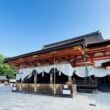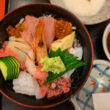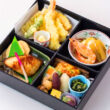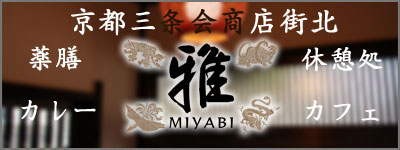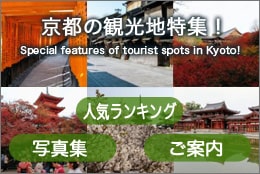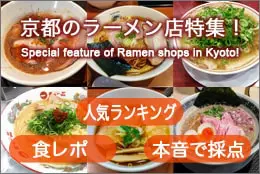Kurama Temple, Sacred Ground of “Sonten”
Posted date:2025-08-28Author:じゅうべい(Jubei) Transrator:ポンタ(Ponta)
Category:Kyoto tourist spot
広告
adsense4
I’ve finally made it here. It feels like it took a bit of effort to get this far. On this fine day, I had come to this place for the first time in a long while.
Kurama temple
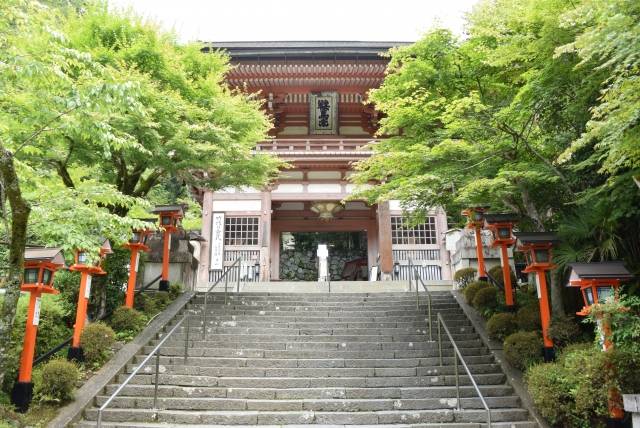
This temple is said to be the place where Minamoto no Yoshitune, the hero of the Genpei War, trained during the time he was known as Ushiwakamaru. There’s hardly anyone who doesn’t know the story of how he trained every night at a place called Sho-ga-tani in order to overthrow the Heike clan.
In fact, walking through that place overwhelms you with a dense, mysterious atmosphere. Quietly, and solemnly.
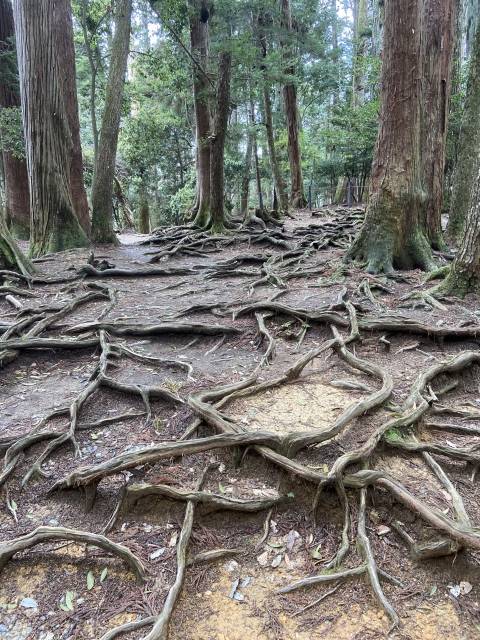
Fill my lungs with the forest air and surrender myself to the raw power of nature. What a blissful moment it is.
Here and now, diverse lives support one another, resonate together, and mutually sustain each other. All irreplaceable “lives”, like shining jewels. They are what keep me alive now. “Lives” are living “me.”
Did Ushiwakamaru also train himself in such an environment? There’s even a story about him learning military strategy from tengu, isn’t there?
Oh yes, speaking of tengu, there’s an incredible legend in the history of Mount Kurama. It is said that Kurama Mountain began with the descent of a mysterious god who flew in from outer space, and that this god was later enshrined as a tengu.
The god’s name is Sanat Kurama. Approximately 6.5 million years ago, it came to Earth from beyond the cosmos (some say from Venus) to protect humanity. Sanat Kurama, having descended to Earth, chose as his dwelling place a giant cedar tree standing 30 meters tall deep within the mountains of Kurama. And so he came to be known as the “Guardian Demon King,” enshrined in the Demon King Hall standing deep within the Sho-ga-tani valley of Kurama Temple.
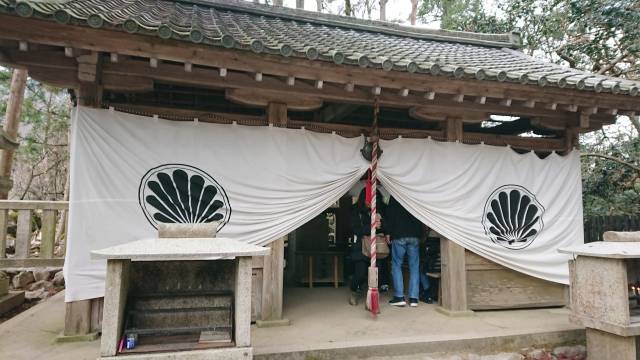
Kurama Temple Inner Sanctuary (Demon King Hall)
This Guardian Demon King of the Dharma is revered as the Spirit King of the Earth, embodying the energy of Mother Earth, the planet itself. And this power is, in truth, one of the great powers of the Supreme Heaven – the cosmic spirit, the great light, the great active force. “The Supreme Heaven” refers to the cosmic life force and cosmic energy that created all that exists in this world, including humanity – it is truth itself.
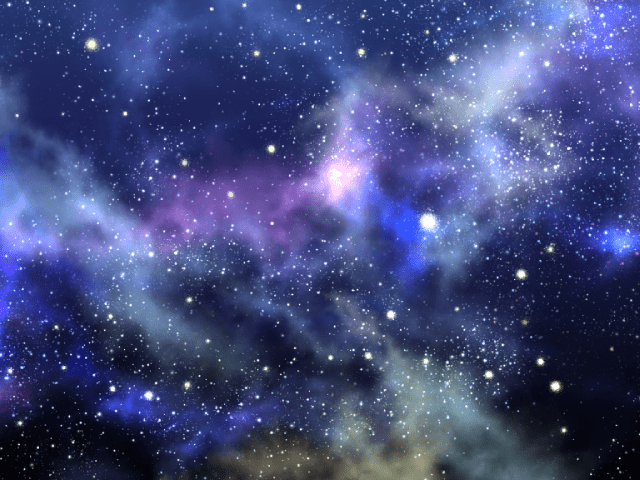
“The Supreme Heaven” transcends the distinction between gods and Buddhas, manifesting without being fixed in any single form, yet preserving its essence as the form of all phenomena, the sun, moon, and stars, and every god and Buddha.
It is said that this work manifests as love, light, and power.
Moreover, it is expressed through three energies:
The water energy represented by the moon, the energy emitted from the sun, and the energy of Mother Earth, the planet itself.
Each energy manifests in the following forms:
Sun Spirit – Light =Bishamonten
Earth Spirit King – Power = Guardian Dhrama King
These three bodies are collectively referred to as “The Supreme Heaven.”
Therefore we pray, “May you be as beautiful as the moon, as warm as the sun, and as strong as the earth,” and chant, “All is in the Supreme Heavens.”
We revere “Sonten” as our principal object of worship and live our lives with the heart of ‘Sonten’ as our own. At Kurama Temple, this faith in “Sonten” is deeply cherished. It embodies an incredibly grand cosmic vision.
A faith in the sacred, far beyond human understanding. Supporting it is a religious philosophy that sustains our hearts with beautiful, warm love and strength as solid as the earth itself.
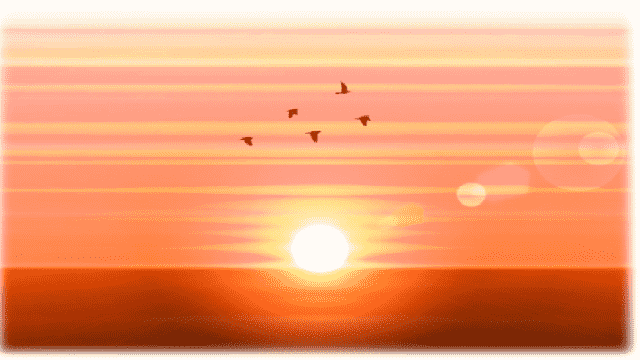
When you think about being alive within such a vast cosmic view, we humans seem like such insignificant beings. It’s amazing, isn’t it?
And when you visit Kurama Temple knowing this, your impression changes completely. It truly is a place worthy of being called a sacred site.
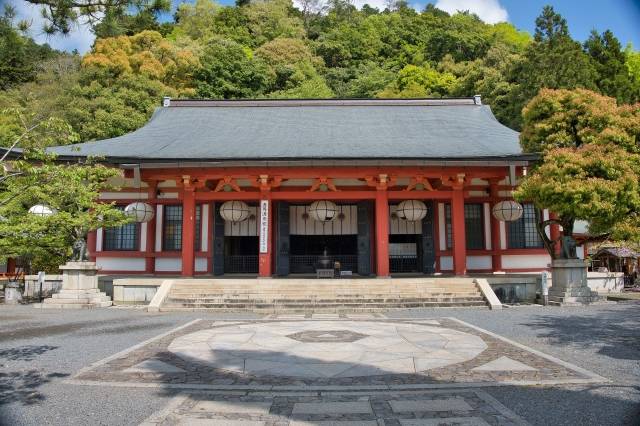
The Golden Hall of Kurama Temple enshrines Bishamonten, the Thousand-Armed Kannon Bodhisattva, and the Guardian King of Dharma. The Kongo-sho platform in front is said to symbolize Kurama Temple’s doctrine of the unity of the universe and humanity.
Here, one truly becomes one with “The Supreme Heaven.”
Kurama Temple, the sacred site of “The Supreme Heaven” with its long history. Its profound depth is truly no mere pretense.
Kurama Temple
- 〒601-1111 Kyoto City Sakyo Ward Kurama-honmachi 1074, Kurama Kokyo Head Temple Kurama Temple
- TEL: 075-741-2003
- URL: https://www.kuramadera.or.jp/index.html
- Twitter(X):
https://x.com/Kurama_dera?ref_src=twsrc%5Egoogle%7Ctwcamp%5Eserp%7Ctwgr%5Eauthor - Facebook:
https://www.facebook.com/pages/鞍馬寺/629925410376298/# - Instagram:
https://www.instagram.com/kuramadera_official/ - Worship hours: 9:00 – 16:00
- Love Mountain Fee: 500 yen (Effective April 1, 2023)
- Reihoden (Kurama Mountain Museum) Admission Fee: 200 yen
- Reihoden (Kurama Mountain Museum) Closed and Open Days
Closed: Tuesdays (If Tuesday is a holiday, closed the following day)
Winter Closure: December 12th to the last day of February.
Opening Hours: 9:00 – 16:00 - Parking lots: There’s no in Kurama Temple. There are some in the neighborhood.
- Transportation access:
Keihan Railway
Take Eizai Train from at the final stop Demachiyanagi Station to “Kurama Station” (30 minutes)
Hankyu Train
Get off at Kawaramachi Station,cross Shijo Ohashi Bridge, the take the Keihan Railway from at “Gion Shijo Station” to the final stop “Demachiyanagi Station”. Take Eizan Railway to “Kurama Station”
Subway
Get off at Karasuma West and East Line “Sanjo Keihan Station”, take Keihan Railway from at “Sanjo Station” to “Demachiyanagi Station” and take Eizan Railway to “Kurama Station”
From Kyoto Station subway stop, take the Karasuma Line to Kokusai Kaikan Station.
Take the Kyoto Bus bound for Kurama Onsen and get off at “Kurama” (25 minutes)
From JR Kyoto Station by train
Take the JR Nara Line and get off at Tofukuji Station
From Keihan Railway’s “Tofukuji Station,” take the train to “Demachiyanagi Station,” then transfer to the Eizan Railway to “Kurama Station.”
From JR Kyoto Station by bus
Take Kyoto Bus Route 17 bound for Ohara and get off at Demachiyanagi Station. Transfer to Eizan Railway to Kurama Station
Take Kyoto City Bus Route 4 bound for Kamigamo Shrine. Get off at Demachiyanagi Station (30 minutes). Transfer to Eizan Railway to “Kurama Station.”
Author
じゅうべい(Jubei)
Hello everyone. I am Jubei, an earthling whose energy does not stop today. What I like is playing (manga, movies, music (J-Rock, etc.) and visiting cafes). Thank you for your understanding.
